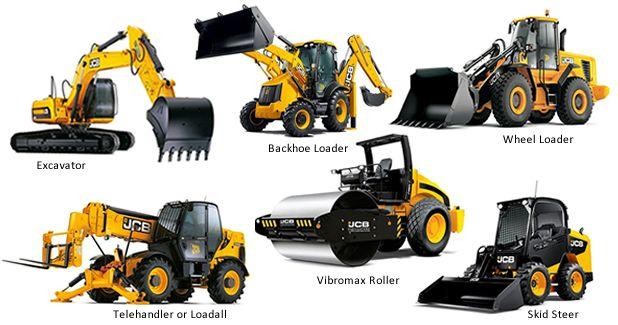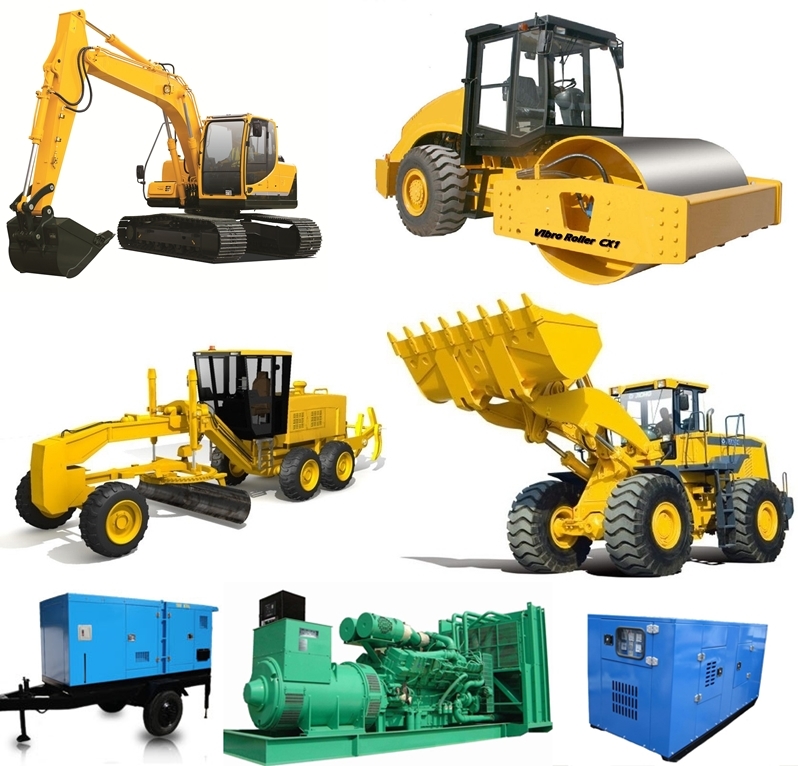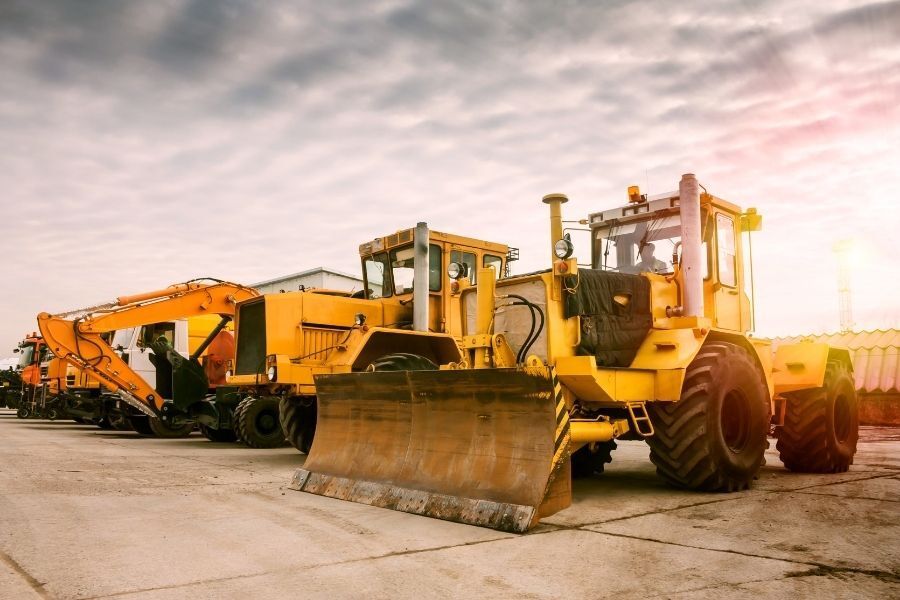Aerial Lift Rental: Versatile Training Solutions for High-Access Jobs
Aerial Lift Rental: Versatile Training Solutions for High-Access Jobs
Blog Article
Maximize Your Budget Plan by Recognizing the Prices Connected With Building Equipment Services
Understanding the full scope of costs linked with building and construction devices rentals is important for maximizing your spending plan. While the initial rental fee may seem straightforward, many additional expenses-- such as transportation, fuel additional charges, and upkeep-- can quickly collect, impacting your economic preparation. Being aware of numerous fees and the details of rental contracts can aid prevent unexpected financial problems. What strategies can be employed to properly take care of these costs and guarantee a much more efficient rental experience?
Introduction of Rental Prices
When considering construction equipment rentals, understanding the linked prices is critical for effective budgeting and job planning. Rental prices can differ significantly based upon a number of factors, consisting of devices type, duration of rental, and area. The first rental fee commonly reflects the tools's market need and its associated operational capacities, influencing the general expenditure.
In enhancement to the base rental rate, supplementary expenses may arise, such as transportation charges, fuel surcharges, and upkeep fees. It is essential to represent these added expenses to accurately assess the complete cost of renting out tools. The rental duration can affect pricing; longer rentals may qualify for discounted rates, while short-term services could sustain greater daily charges.

Failure of Rental Rates
A detailed understanding of rental prices is vital for professionals and job managers aiming to enhance their budget plans. Rental rates for building equipment generally include a number of parts, including base prices, time-based charges, and usage fees.
Base rates are the core costs related to the service of the devices, frequently determined by the kind and size of the machinery. These rates can vary substantially, affected by factors such as devices demand, availability, and regional market patterns. Time-based charges, which might be daily, weekly, or monthly, serve to suit different task timelines and rental durations.
In addition, rental rates may include use fees, which are appropriate when equipment is utilized past a specified threshold, guaranteeing that the rental business can account for damage. Seasonal demand changes can also impact rental prices, with peak construction seasons generally regulating greater prices.
Furthermore, understanding the rental company's policies regarding upkeep and insurance policy can supply additional insight right into the general cost structure. By analyzing these parts, contractors can make enlightened choices, making certain the selection of rental devices lines up with both task requirements and budget plan restraints.
Added Charges to Consider
Comprehending the complexities of added fees is important for professionals to handle their overall service costs successfully. Beyond the conventional rental prices, numerous supplementary costs can substantially influence the total cost of devices rental. These costs frequently consist of distribution and pickup charges, which can vary based on distance and logistics entailed in moving the equipment to and from the task site.
Furthermore, some rental firms may impose fuel surcharges if the equipment is returned with much less fuel than when rented out. It is additionally vital to be aware of potential cleansing charges, specifically for specific tools that needs complete upkeep after usage.

Completely reviewing the rental contract and clarifying these added costs ahead of time can help professionals avoid unforeseen costs and make certain that budget plans stay intact throughout the job lifecycle.
Maintenance and Fixing Costs
Routine repair and maintenance expenses are frequently forgotten variables that can substantially affect the overall expense of building and construction tools services. When leasing devices, it is critical to think about not only the rental fees but likewise the potential costs related to keeping the equipment in ideal operating condition.
Lots of rental business include fundamental maintenance as part of the rental arrangement; nevertheless, more substantial repair work or unanticipated break downs can bring about additional expenses. It's vital to evaluate the rental his explanation contract carefully to understand what upkeep solutions are covered and what duties drop on the tenant.
Moreover, equipment that is not well-maintained can result in inadequacies on the job website, possibly triggering hold-ups and increasing project costs. To alleviate these dangers, it is a good idea to perform normal evaluations and preserve open communication with the rental service provider relating to any kind of concerns that develop during usage.
Insurance Policy and Obligation Expenses
Insurance coverage and wheel loader price liability costs are crucial elements that can considerably influence the total expense of building devices leasings (heavy equipment rental). These expenses ensure that both the rental firm and the customer are safeguarded from prospective monetary losses developing from accidents, damage, or burglary throughout the rental period

In addition, clients ought to know any type of deductibles or exemptions in the insurance coverage, as these can influence possible out-of-pocket expenditures. Comprehending the terms and problems of any type of insurance coverage is important to stay clear of unforeseen prices. Eventually, budgeting for insurance and obligation expenses can help make certain a smoother rental experience and secure versus financial threats associated with directory building and construction jobs.
Conclusion
In final thought, a thorough understanding of the prices linked with building equipment leasings is important for effective budget plan management. Inevitably, notified decision-making pertaining to tools rentals contributes to the total success of construction ventures.
Rental expenses can vary dramatically based on numerous elements, consisting of equipment kind, period of service, and place (boom lift rental). The rental period can influence pricing; longer leasings might certify for affordable rates, while short-term rentals might sustain higher daily fees
By carrying out extensive research and engaging with trusted rental firms, specialists can efficiently navigate the intricacies of rental rates, eventually optimizing their economic resources.
Past the basic rental prices, different supplementary costs can substantially impact the total cost of devices leasing. Rental firms frequently offer obligation insurance that covers injuries to 3rd events or damages to residential or commercial property, while devices damage insurance coverage can cover the expense of fixings or replacement if the rented out equipment is damaged.
Report this page